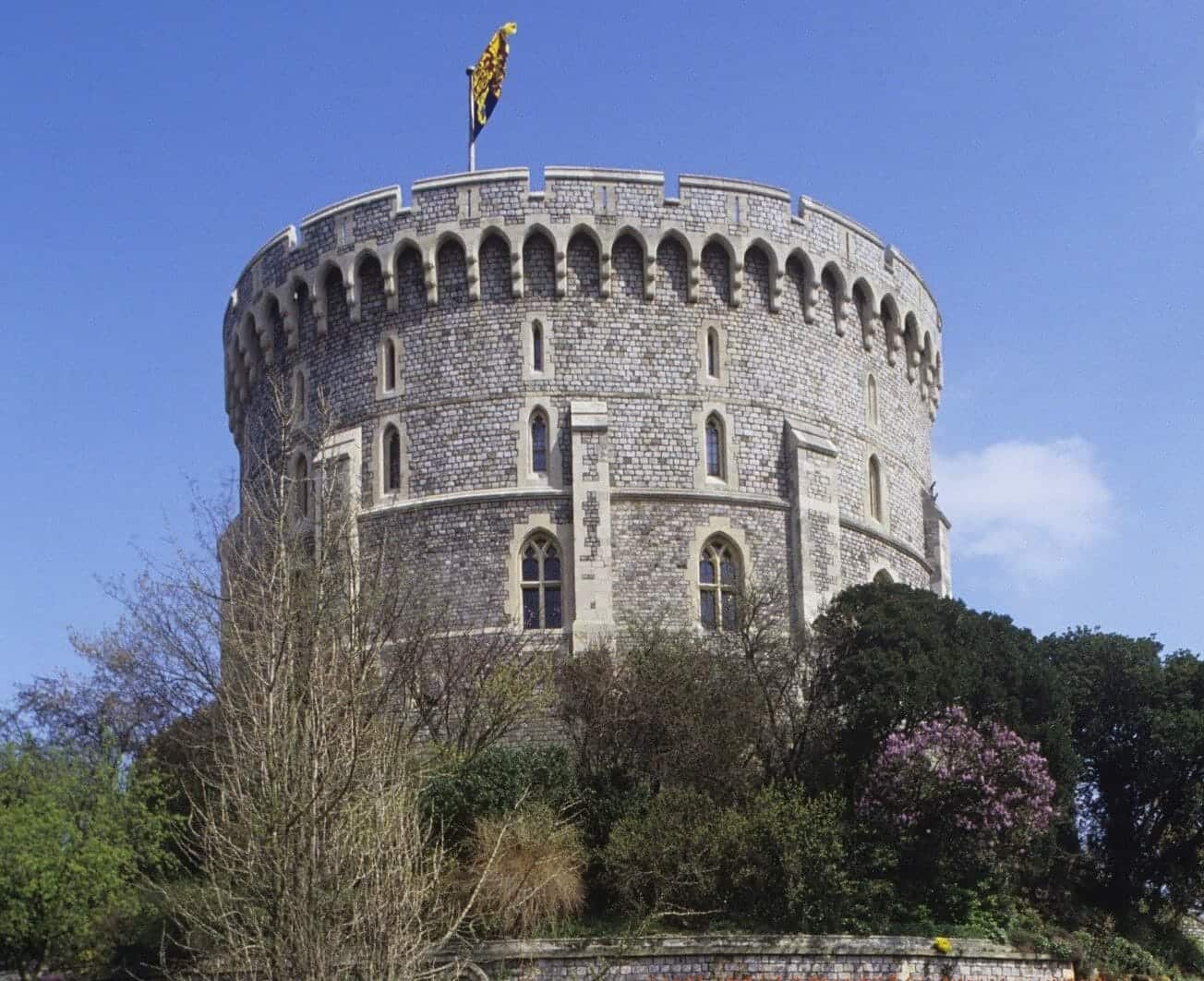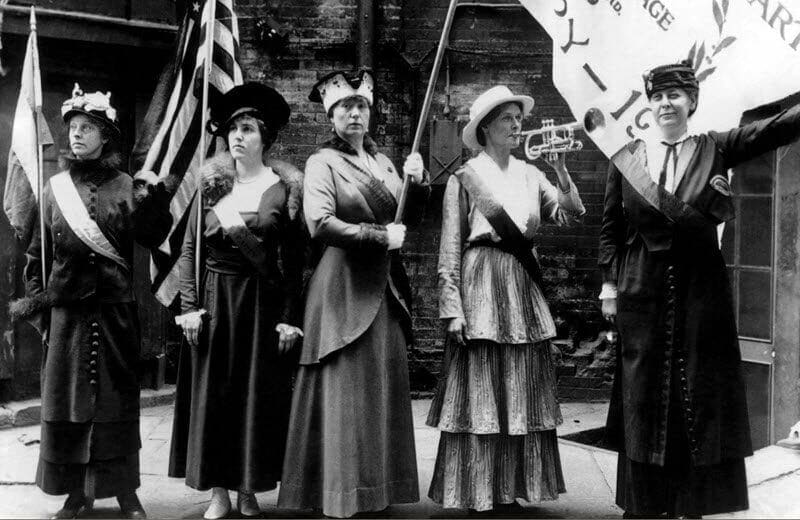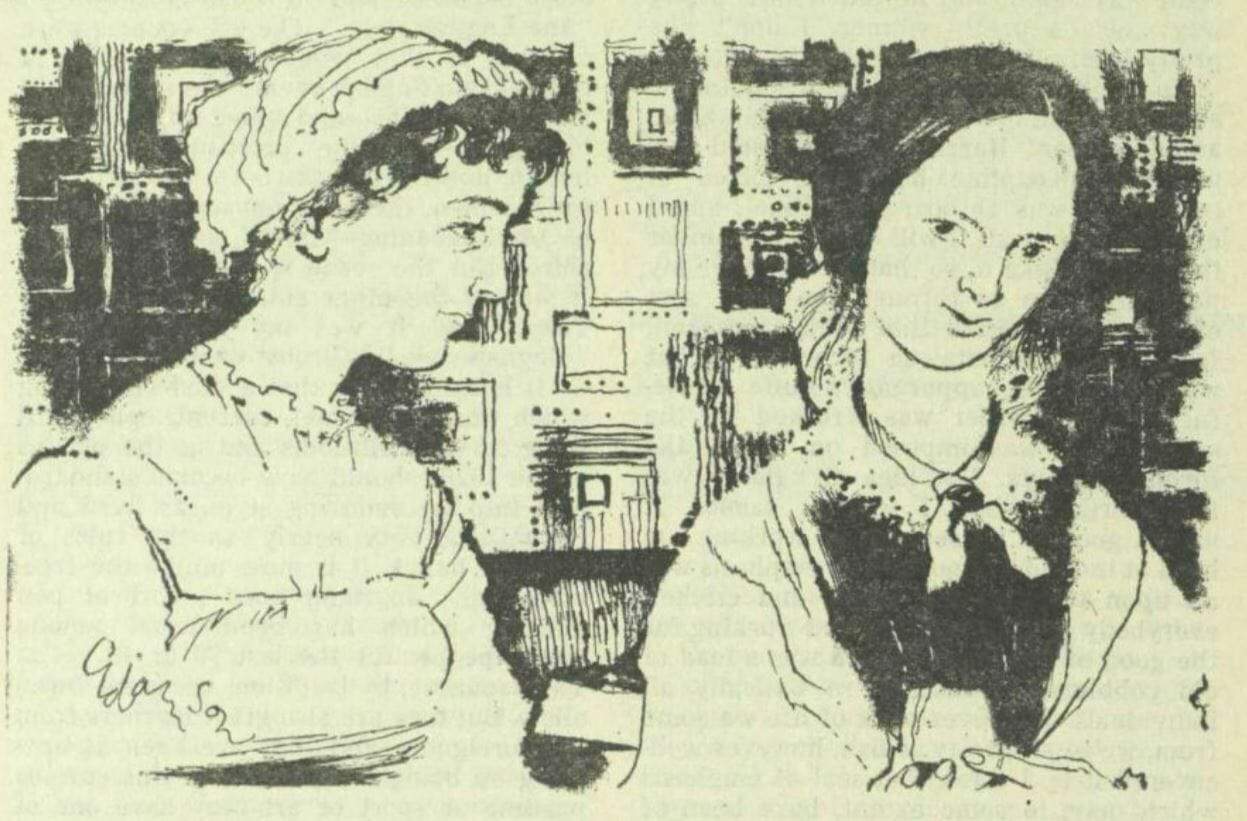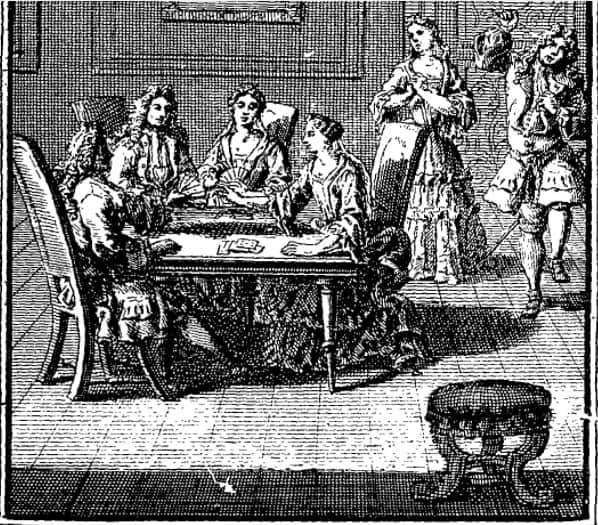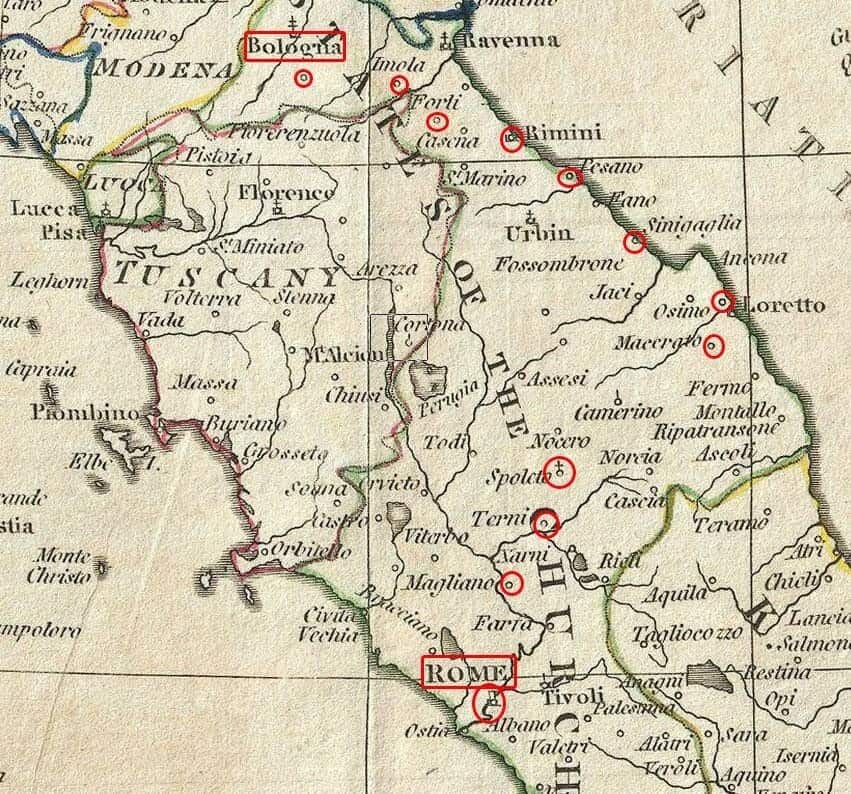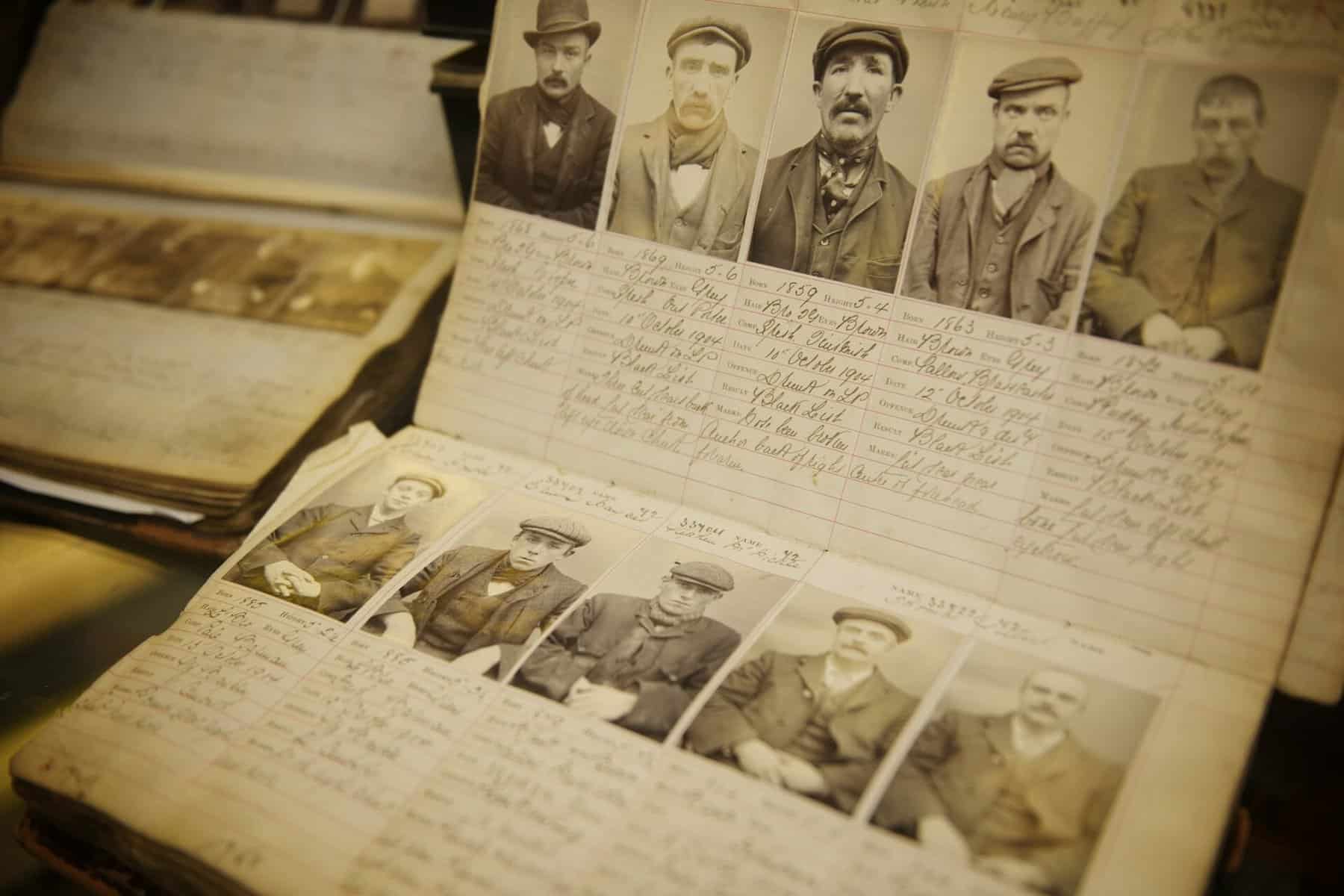The latest instalment of the extensive State Papers Online series sees two fascinating collections from the Royal Archives at Windsor Castle brought together to make the definitive Jacobite archive. In a new collaboration between the Royal Archives and Gale – with Daniel Szechi, Emeritus Professor at the University of Manchester, as academic advisor, and contributions from other leading academics in the field – this collection allows researchers to explore the Jacobites through their own words.
Gale Publishers
Women’s History Month
By Traci Cothran
How wonderful is it that following the release of the movie “Hidden Figures,” the stories of Dorothy Vaughan, Mary Jackson, and Katherine Johnson are now known by millions? Their collective story is an impressive and important one, yet it’s a part of our history that’s been concealed for decades.
What other significant contributions by women are also shielded from view? It’s a joy to uncover these gems, and allow them to inspire other women and girls today. To me, that’s what Women’s History Month is all about—shining a light on the often overlooked contributions made by women throughout history.
‘Sporadic riots’ and ‘false reports’ – British Reporting of the 1929 Igbo Women’s War
By Tom Henderson, Gale Ambassador at Durham University
In December 1929, British newspapers reported on ‘sporadic riots’ taking place in the British colony of Nigeria, targeting Warrant Chiefs and Native Courts across several districts. This was the Ogu Umunwaanyi or ‘Women’s War’: a coordinated insurrection of Igbo women against British colonial rule, ignited by a fear of taxation.
“Judge my work not me” Searching for misogyny in literary reviews
By Anna Sikora, Gale Ambassador at NUI Galway
In the recent movie To Walk Invisible (2016), a biopic depicting the lives of the famous Brontë sisters, Charlotte tells her sisters to publish their work under male pseudonyms. This, the oldest Brontë supposedly reasoned, was to prevent the publishers from judging the authors, and to invite them to judge the story instead. A certain degree of moral indignation prompted some of my students to take Charlotte’s statement as a cue to sweepingly proclaim that none of the Brontë sisters would have been published had they submitted as Anne, Emily and Charlotte. If this were true, said I (a woman), there would have been no literature by women in print until Ms Wolf entered the literary scene. Generalisations and hasty conclusions kill critical thinking, so let’s take a step back and read what was actually written about the early women writers publishing under their real names and literary aliases at the time their works hit the bookshop and library shelves.
Fashion and the Eighteenth-Century Public Sphere: from Tatler to Twitter
By Daniel Mercieca, Gale Ambassador at Durham University
‘Since t’is the intent and business of the stage,
To copy out the follies of the age
To hold to every man a glass,
And show him of what species he’s an ass’.[1]
– John Vanbrugh
The sharp, epigrammatic wit of John Vanbrugh’s preface to The Provoked Wife (1697), reflects the theatricality of eighteenth-century audiences and exposes the wider hypocrisy of the ‘Public Sphere’[2]. After the Restoration of Charles II, the New Printing Act (1662) led to a watershed of publishing and print culture in Britain[3]; a society in which political sentiments and private identities bled into each other. The torrent of periodicals, pamphlets and magazines circulated gossip and popular opinion, cultivating a highly self-conscious and extravagant nation.
The Cook, a Journey, the Queen, and her Husband – a snippet from exiled Jacobite Court history
│By Julia de Mowbray, Publisher at Gale│
While reviewing the content recently loaded into the online archive The Stuart and Cumberland Papers from the Royal Archives Windsor Castle, one document caught my eye: a plan of a journey with daily stops for meals or a night’s rest. Descriptions of journeys and itineraries, plotting out where someone travelled at a particular time, especially from earlier centuries, can transport me back to that time – placing my feet on that road or piazza, in that carriage or train – to experience the same journey in my imagination.
Newspaper reports on the bicentenary of the abolition of the slave trade
By Tiria Barnes, Gale Ambassador at the University of Liverpool
On the 25th of March 1807, the British Parliament passed the Abolition of the Slave Trade Act which prohibited the carrying of slaves in British ships. While it is important to note that this did not outlaw slavery itself, which came about in 1833 as a result of the Emancipation Act, 1807 was a significant step in the right direction. Two hundred years later, the UK commemorated the bicentenary of the act, and attempted to reflect on the brutality of slavery [1]. Using Gale Primary Sources, I thought it would be interesting to study how this was reported in the media, taking note of the ways in which newspapers depicted the actions taken by the UK as part of the commemoration.
The ‘Real’ Peaky Blinders of Small Heath, Birmingham
│ By Megan Murphy, Gale Ambassador at the University of Liverpool │
The hit BBC drama series Peaky Blinders – which is set in Birmingham and follows the lives of the Shelby brothers and their criminal gang the ‘Peaky Blinders’ – has captivated the minds and imagination (and – thanks to lead star Cillian Murphy – the hearts) of the British public. Given the recent fascination with Birmingham’s criminal underworld that the series has generated, I thought it would be interesting to use Gale Primary Sources to investigate the ‘real’ Peaky Blinders of late nineteenth-century Birmingham.
Updates to Gale Resources
At Gale, we truly value your feedback, and are always looking to improve our resources in a way that saves time and increases productivity. In response to suggestions and continuous user testing, we are excited to announce that a number of enhancements have been made, providing increased functionality, easier access to our most-used tools, and more.
La creación de un “personaje”: individualidad y vida universitaria en la obra A este lado del paraíso de F. Scott Fitzgerald
Por Paula Maher Martin, Gale Ambassador en la Universidad NUI Galway
Para leer esta publicación de blog en inglés, haga clic aquí.
Como “un miembro de la ‘Generación perdida’ o una encarnación de juventud y belleza (condenada a desvanecerse)”, así retrató a Francis Scott Fitzgerald el The Times Literary Supplement en 1958. Consolidado como una figura mítica a lo largo del siglo XX, su escritura se sobrepuso con su personaje y reverberó con espumoso champán y caricias de jazz: la dulce indolencia de los años 20. Su primera novela A este lado del paraíso, publicada en 1920, pronto se convirtió en un best-seller. De acuerdo a The Times, en 1921 Fitzgerald ya había vendido 75,000 copias de su opera prima.

